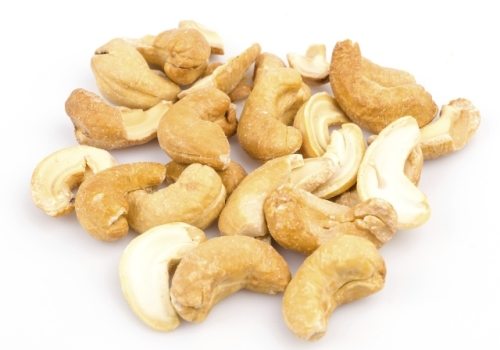


Nut extracts, pastes, butters, oils, flours, and milks.All nuts, including walnuts, almonds, hazelnuts, pecans, cashews, pistachios, Brazil nuts, macadamia nuts, pine nuts, and hickory nuts.If your child is allergic to tree nuts, they will need to avoid all related products, often found in many common foods such as: For that reason, a pediatrician may also recommend you avoid all peanut products as well due to cross-contamination during the manufacturing process. Even exposure to trace amounts of nut proteins can cause a serious allergic reaction. With the possibility of severe allergic reactions, it is essential to eliminate all sources of tree nuts and tree nut products from your little one’s diet if they have been diagnosed with this allergy.

Tree nuts can be found in surprising places, such as natural flavorings, candies, sauces, and cereals. And if your child is allergic to more than one tree nut, they are even less likely to outgrow their tree nut allergy.Īside from being more likely to develop further food allergies, studies have also shown that children with a food allergy are two to four times as likely to develop other allergic conditions, such as asthma or eczema. Tree nut allergies are also known to be lifelong, with only 9% of children outgrowing this allergy. Though tree nuts are different from peanuts, which are a legume, one study shows that about 40% of children with a tree nut allergy will also show symptoms of a peanut allergy. For example, there are high rates of those being allergic to cashew or walnut reacting to pistachio or pecan, respectively. In the case of tree nuts, there is a 50% likelihood that children who are allergic to one tree nut will be allergic to another tree nut. Research shows children with one allergy are more likely to develop another food allergy. Long-Lasting Effects Of A Tree Nut Allergy
Cashew allergy foods to avoid skin#
Common testing methods include a skin prick test, IgE testing, and an oral food challenge. If your child has shown a reaction to tree nuts, you should have your pediatrician test for a food allergy.
Confusion, dizziness, or loss of consciousness. Hives, red skin, or swelling around the face, mouth, or tongue. Repetitive cough, hoarse voice, or tightness in the throat. Difficulty breathing, wheezing, or shortness of breath. Stomach distress including vomiting, cramps, indigestion, or diarrhea. Signs that your baby has developed a tree nut allergy may include: Most food-related allergy symptoms occur within minutes of eating or being exposed to tree nut proteins, but allergic reactions can still occur within 2-4 hours of ingestion. Tree nut allergies, along with peanuts and shellfish, are one of the most common causes of severe allergy attacks, where exposure to even tiny amounts can cause fatal allergic reactions. Their immune system starts sending out immunoglobulin E (or IgE) antibodies that react to the food and cause an allergic reaction. What Does A Tree Nut Allergy Look Like?Īffected by both genetic and environmental factors, a food allergy occurs when your child's immune system decides that a certain food is a "danger" to their health. The CDC reports that the prevalence of food allergies in children has increased by 50% between 19, with as many as 6 million children in the United States developing some form of food allergy. There are six tree nuts most reported to cause allergies among children and adults, which include walnut, almond, hazelnut, pecan, cashew and pistachio.Īnd every year, food allergy rates are increasing. How Common Is A Tree Nut Allergy In Babies?Ī tree nut allergy is one of the most common allergies among children and adults, affecting up to 2% of children. Ready to learn more? Here’s what parents need to know about tree nut allergies. That’s why at SpoonfulONE we’re on a mission to fight these rising rates. A tree nut allergy not only affects your child's nutritional health but can have rippling effects on their quality of life, from living in fear around food to feeling restricted in their daily activities. Similar to peanuts, tree nuts are found in many well-loved foods, for both children and parents alike.īut with rising allergy rates, tree nuts have been identified as one of the nine most common food allergens in the United States.







 0 kommentar(er)
0 kommentar(er)
